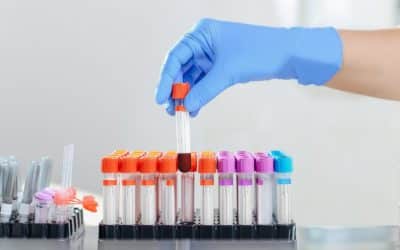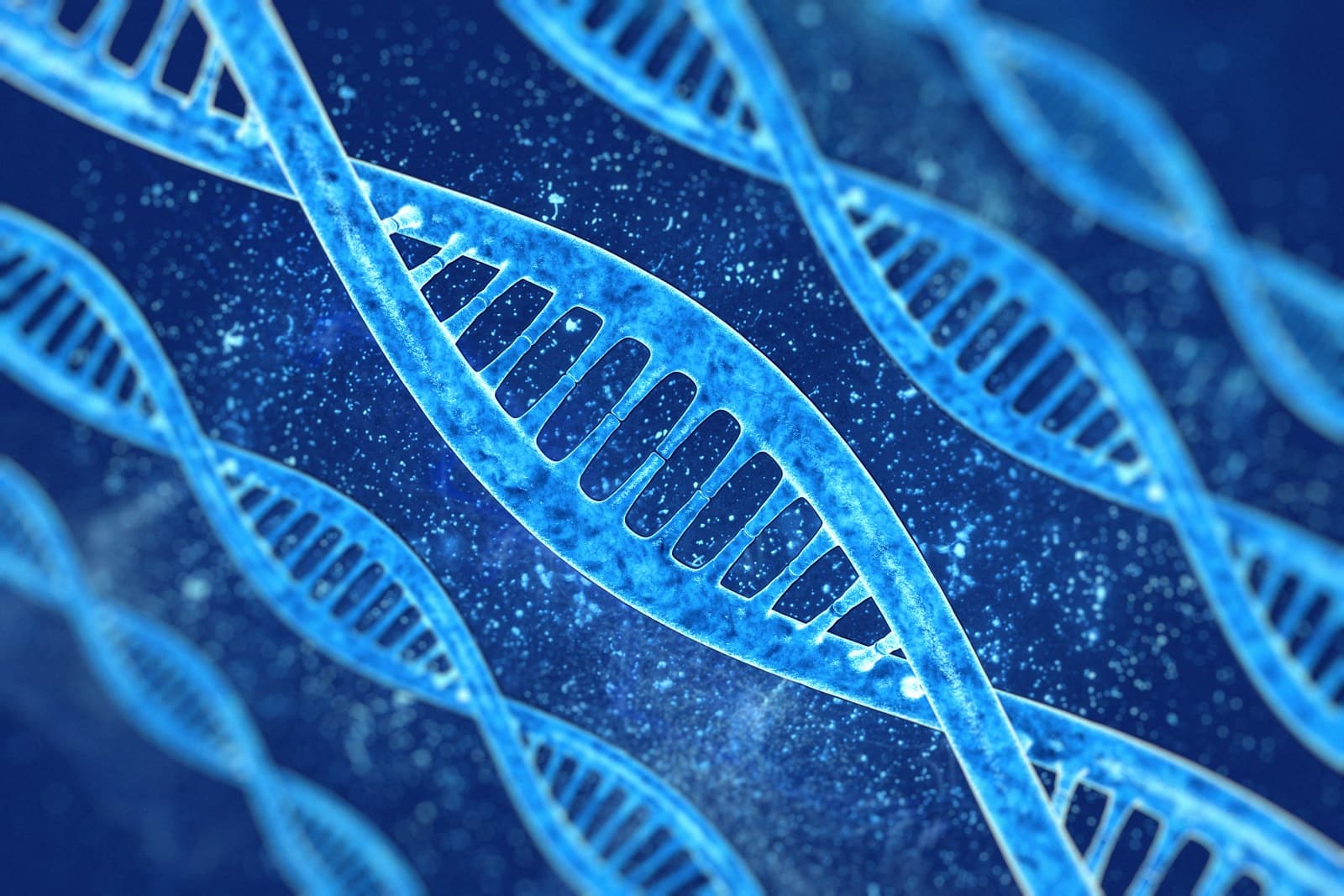
We are living in fascinating times. Scientists are developing completely novel tools to impact the molecular machinery of our cells far more precisely, faster and more cheaply than ever before.
What are some of these promising developments?
1. Gene editing
Gene editing involves tiny molecular scissors that can cut, rewrite or insert DNA in our cells.
The most famous examples are CRISPR-cas proteins, which latch onto specific places in our DNA and cut out or change DNA.
CRISPR-cas proteins have multiple advantages over older technologies, like ZNFs and TALENs, being more precise, easier to manufacture, and cheaper.
Diseases that were thought to be previously incurable can now be cured with CRISPR-cas technology.
While CRISPR-cas proteins were a great breakthrough, currently, novel and better CRISPR-cas proteins are being developed; for example ones that are smaller, even more accurate, make better cuts, or that can cut RNA instead of DNA.
However, next generation gene editing technologies are appearing on the horizon. These are gene editing methods that are even better or more precise than CRISPR-cas, such as prime editing and transposon-based editing.
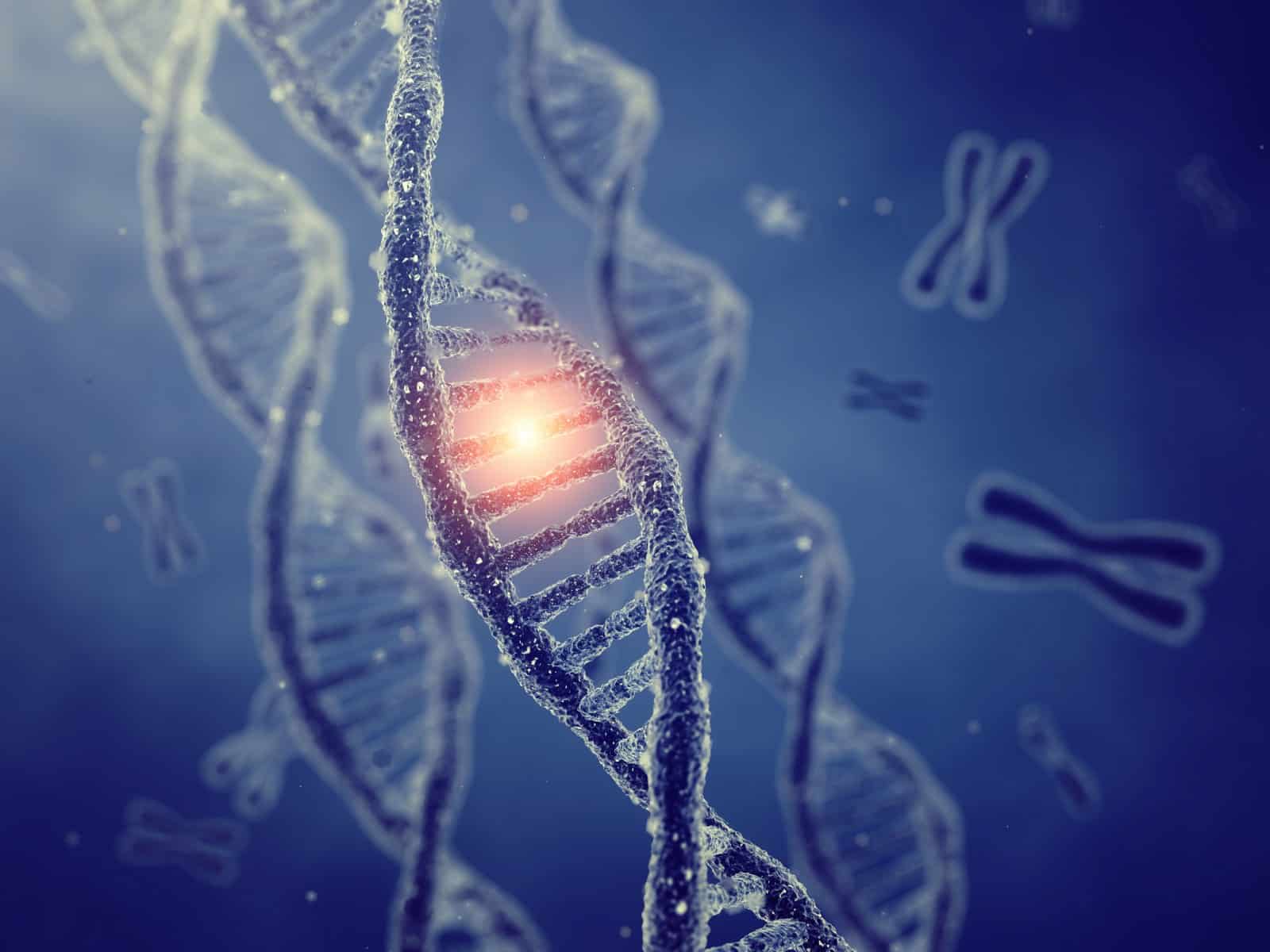
DNA gets damaged during aging.
2. Epigenetic therapies
The epigenome is the molecular machinery surrounding our DNA determining which genes are switched on or off. In fact, deregulation of the epigenome plays an important role in aging, as I explain here.
Scientists are developing tools, such as proteins, that activate or silence specific genes.
This approach has the advantage of not having to make cuts or permanent changes in the DNA (as is the case with CRISPR-cas-based gene editing).
Small molecules are also being developed that can impact the epigenome, enabling the activation of multiple genes that benefit health, or that can treat disease.
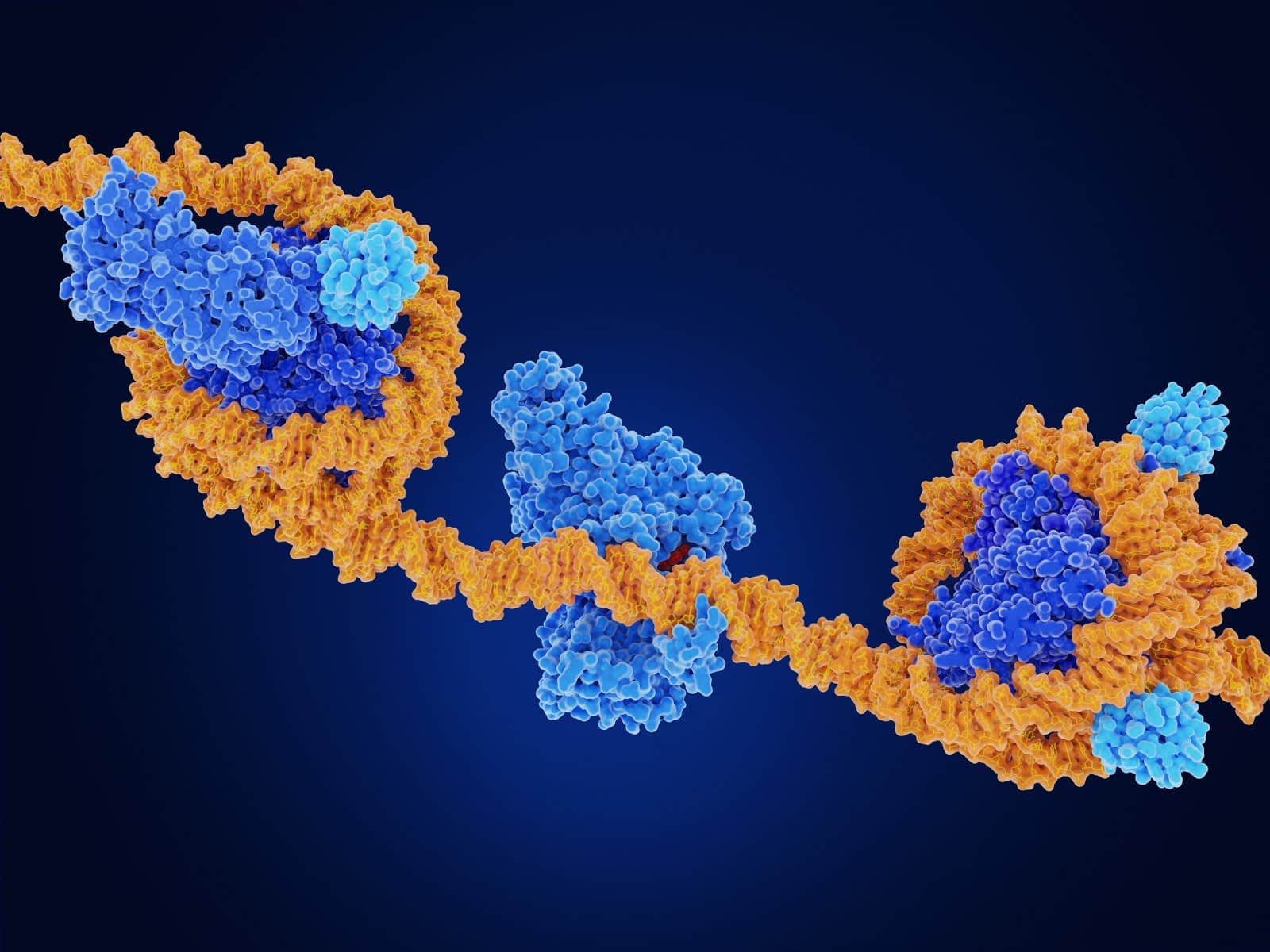
DNA strands (yellow) are wrapped around histone proteins (blue).
3. Transcriptomics
The transcriptome determines which proteins are made in the cells. In fact, “copies” of parts of our DNA are made, called RNA. These RNA strands are then read by little protein factories (called ribosomes) to make proteins (according to the instructions written in the RNA strands).
In other words, if you control RNA, you control which proteins are made – or not made.
Various RNA-based drugs are already on the market, and are changing the outcomes of previously incurable diseases.
4. Immunotherapy
Immunotherapy involves inducing the immune system to fight cancer.
For example, white blood cells can be genetically reprogrammed to attack specific cancer cells (this is called CAR-T cell therapy). In some cases, this led to the curation of cancers that were considered lethal until a few years ago.
Other forms of immunotherapy consist of antibodies, which can switch off the mechanisms that use tumors to prevent them being attacked by antibodies. Examples are checkpoint inhibitors.
For example, tumor cells have a protein sticking out of their membrane (called PD-L1), which latches onto receptors of white blood cells (PD-1 receptors), which inactivate the white blood cells, so they cannot attack and destroy the cancer cells.
Antibodies binding with PD-L1 on cancer cells, or binding with PD-1 receptors on white blood cells, prevents cancer cells inactivating white blood cells.
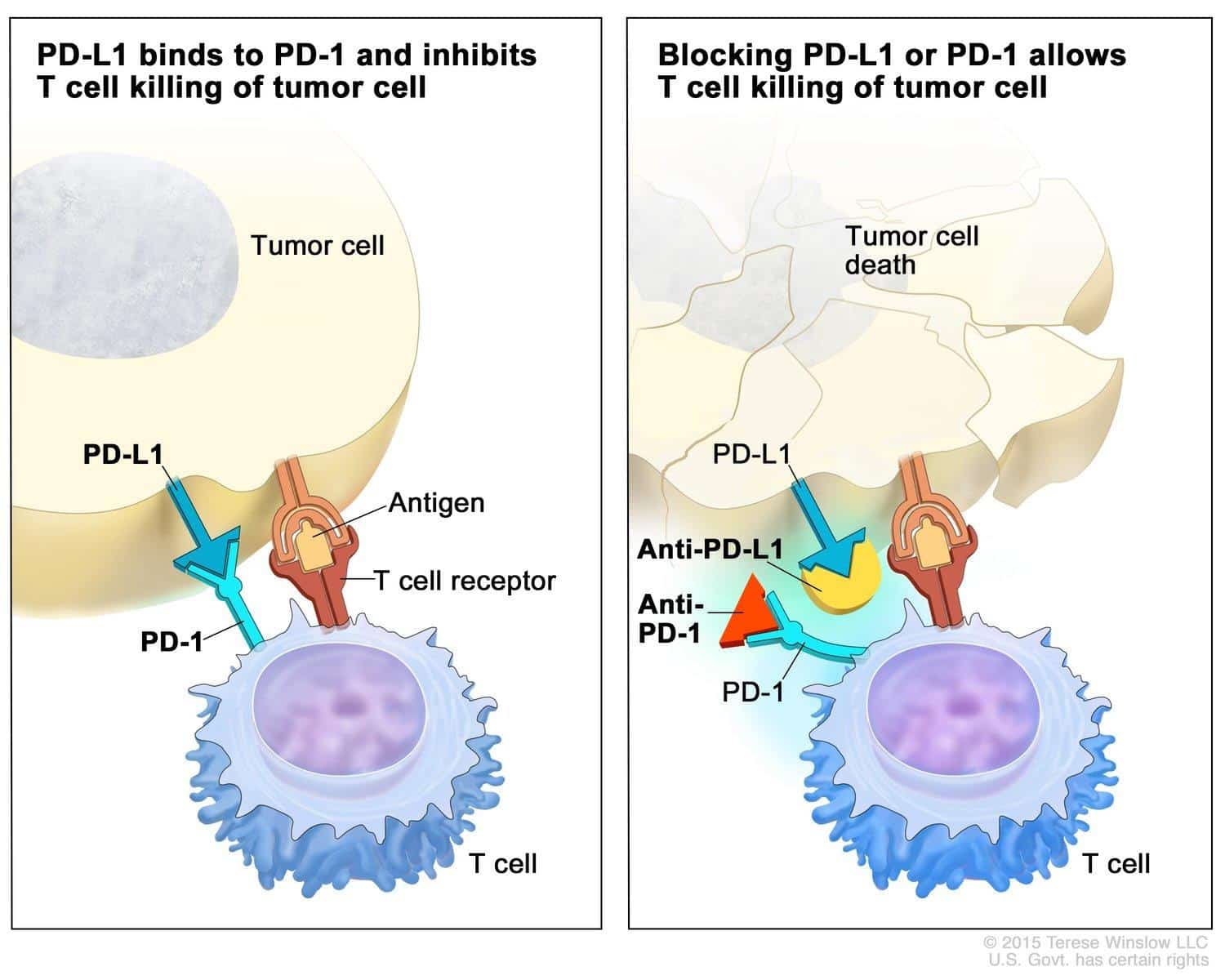
Cancer immunotherapy (Image: National Cancer Institute)
5. Vaccines
Due to covid, finally, much more focus is put on developing vaccines. For decades, vaccine development has been underfunded and even ignored, for various reasons.
Due to covid, the notion has come to the foreground that we need new and better vaccines to prevent the next epidemic. We are seeing the acceleration of the development of various new types of vaccines.
Such vaccines could also be used to treat cancer (e.g. personalized cancer vaccines), or will be able to protect people against diseases for which it has been very difficult to develop a vaccine for decades, like HIV or malaria.
6. Stem cells
Stem cells have been around for decades. However, pluripotent stem cells (stem cells that can create all possible types of adult cells) were difficult to come by. Previously, they needed to come from embryo’s, which drew controversy.
However, in 2006 scientists discovered a way to make pluripotent stem cells from almost whatever cell in our body.
This and other breakthroughs are reinvigorating the stem cell field, paving the way to more effective ways of stem cell therapy.
Elsewhere, I explain more about stem cells, and their role in aging.
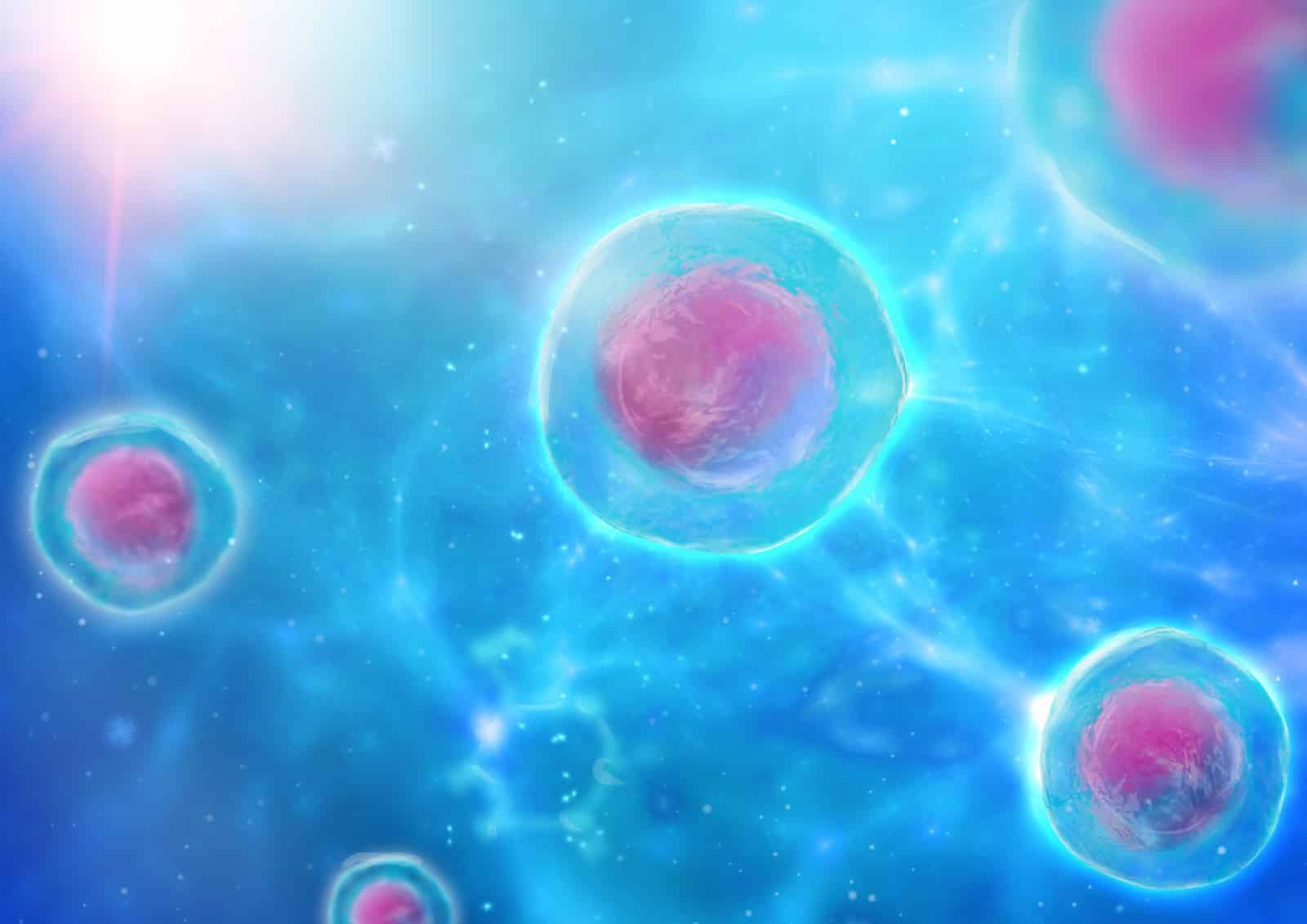
7. 3D printing (organ printing, drug printing, etc)
New kinds of 3D printers are being developed to print tissues, drugs, prosthetics, and diagnostic tools.
In the future, it will be possible to even print entire organs.
Previously, it was difficult to print large tissues given it was difficult to print blood vessels.
However, various breakthroughs enabled printing blood vessels on a very small scale (so with very high resolution), which is paving the way to printing much larger tissues and eventually organs.
8. Chimeric animals
It’s difficult to grow organs from scratch in bioreactors in a lab.
However, nature has been doing this for hundreds of millions of years in innumerable species.
Chimeric animals are composed of human organs (like a human heart), while the other tissues or organs are of animal origin. For example, scientists could grow a human heart in a pig.
Chimeric animals could enable organs to be grown and harvested from animals which wouldn’t be rejected, solving many problems, including the huge donor shortage that takes the lives of thousands of people each day.
9. Optogenetics, sonogenetics and others
Optogenetics involves using light to activate or silence genes in cells.
This way, scientists can much more accurately control gene activity.
For example, scientists could silence nerves or activate specific brain centers, reducing pain or taking away fear or altering behavior, as has been done successfully in mice.
Instead of light, also ultrasound (“sonogenetics”) or heath could be used to switch on or off genes.
10. Organoids
Scientists managed to grow cells into small organs, like mini brains or mini livers, so they can better study health and disease.
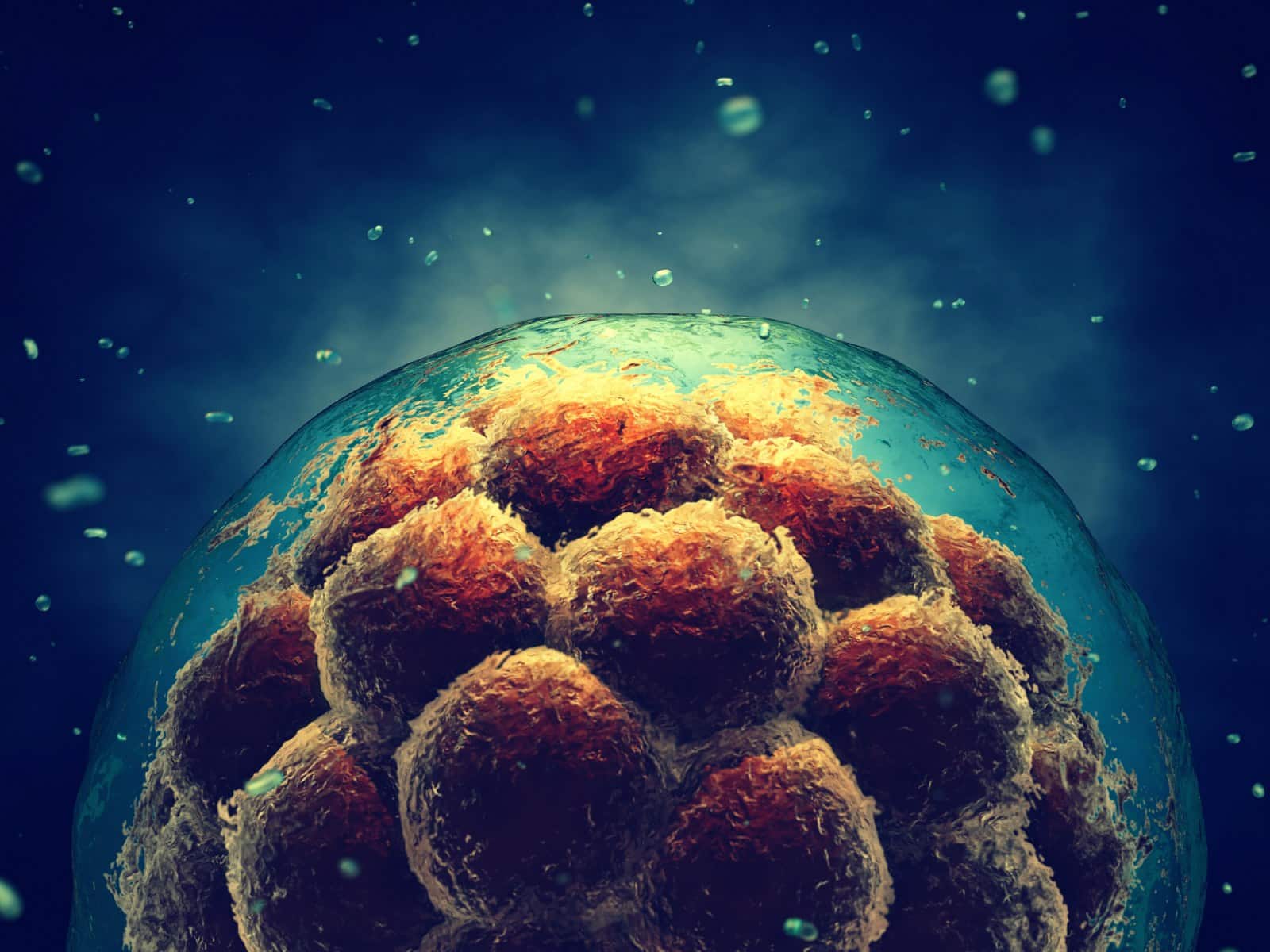
11. Electroceuticals and brain-computer interfaces
Electrodes could be wrapped around nerves to impact their functioning. Such electroceuticals could help treat depression or chronic inflammatory diseases (by influencing the firing of the vagal nerve for example).
Brain-computer interfaces (BCIs) involve electrodes that measure brain activity, which then are translated into electric signals that can make a robot arm move or make sentences appear on a screen.
BCIs could help to improve cognition or enable people to walk or speak again.
Various new methods are being developed, both invasively and non-invasively, to read brain activity and translate it into (robotic) movement, speech, typing and many other fascinating applications.
12. Wearables, sensors & telehealth
Medicine will shift more away from the doctor’s office into people’s living rooms.
Thanks to wearable devices and other (bio)sensors, our health will be continuously tracked, and this more accurately and in higher resolution.
Thanks to telehealth, digital avatars and AI doctors, health advice and healthcare will be faster, more personalized and more accurate.
13. Artificial intelligence
AI is changing the world, including medicine.
AI can already diagnose many diseases better than human doctors, and outcompetes humans interpreting scans and test results
AI is being used to discover new drugs, or to test out novel treatments (in silico).
On a further time horizon, combining AI with quantum computing will drastically advance the medical field.
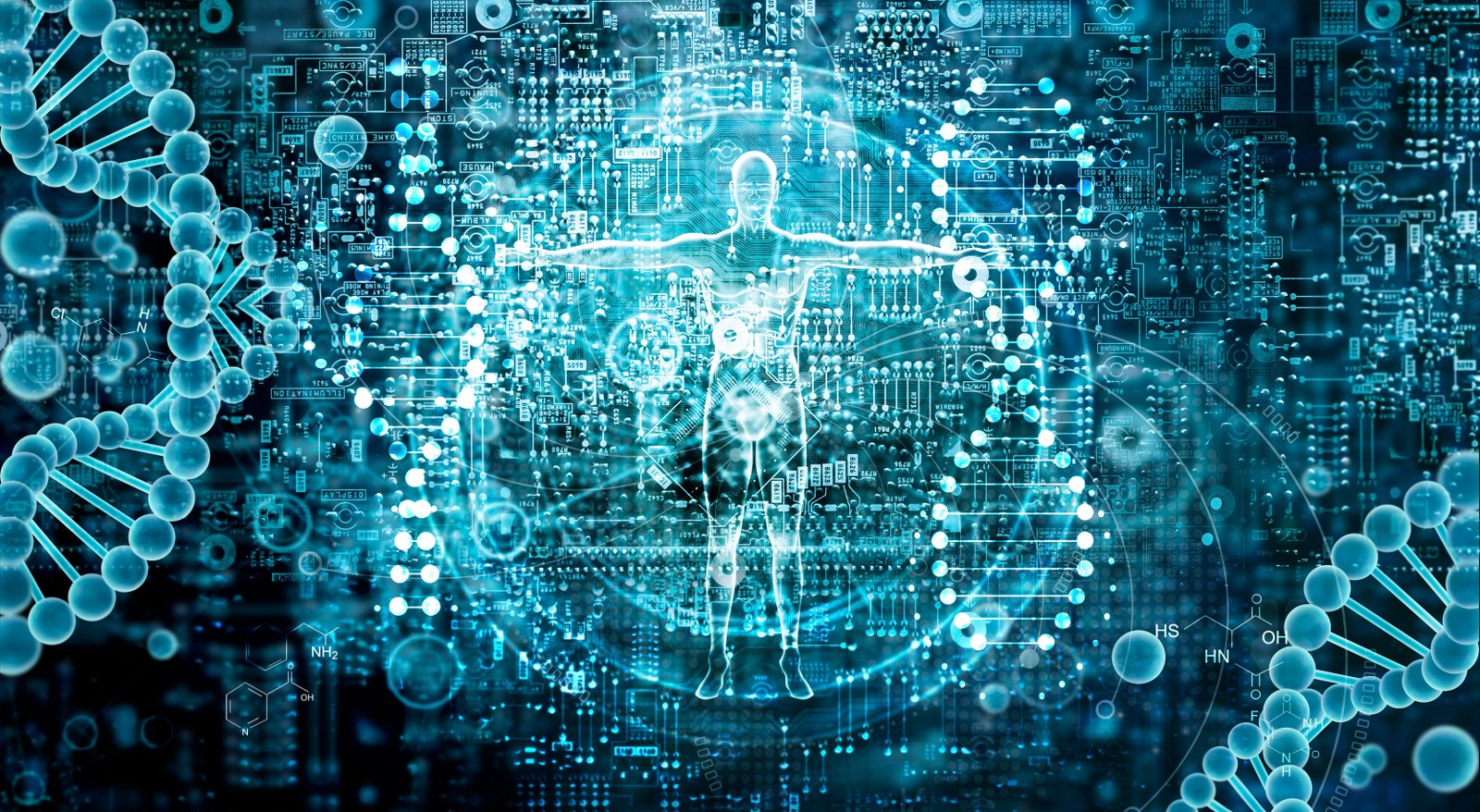
14. Big data
The ability to store and analyze huge amounts of data has been a game-changer for medicine.
Thanks to novel sequencing methods, the DNA (the genome) of people can can be sequenced, as many other “omes”, like the epigenome, transcriptome, proteome, metabolome, and microbiome.
All these “omes” bring on huge amounts of data, which needs to be stored and interpreted by AI and other algorithms given this would be an impossible task for any human.
15. Prevention
Currently, our healthcare system is overly focused on “treating” diseases when it’s too late.
However, in the future, far more emphasis will be put on prevention, and keeping people as healthy for as long as possible, through proper nutrition, supplements, disease-risk reducing drugs and other lifestyle changes.
16. Precision medicine
Currently, most drugs and therapies are developed for “everyone”. However, every person is different.
Depending on your genes, epigenome and microbiome, drugs work better or are less effective.
Precision medicine will drastically improve the effectiveness of treatments, by charting the genome, epigenome, microbiome and other “omes” of patients, and by collecting other data, in order to better treat and prevent diseases.
17. Robotics
Many operations are already carried out with robots. Robots can also assist surgeons, helping them operate more safely, less invasive and on a much smaller scale.
Novel robots are now able to perform surgeries independently, while others can diagnose problems during operations, or help surgeons while operating.
18. Longevity
More and more doctors are realizing that most diseases people get in developed countries are caused by aging (such as heart disease, cancer and Alzheimer’s), and that slowing down aging is the best and most powerful way to keep people healthy for as long as possible, not only reducing their risk of dozens of aging-related diseases, but also improving their quality of life.
Longevity will be an important part of the future of medicine.
Other technologies
Of course, many other technologies are in development, and will enable us to live healthier and longer lives than ever before.


